Probably no Pilates equipment is more famous than the Pilates reformer, which is evident for many reasons. The reformer makes a dramatic impression when you first see one and an even more dramatic change in your body when you use it.
You will see reformers lined up in Pilates studios as reformer classes are usually one of the leading choices. Portable reformers are also famous as home exercise equipment. What makes the reformer so special? First, look at what a reformer is and how it works, then explore how to use the Pilate reformer.
What Is a Pilates Reformer?
Pilates founder Joseph Pilates invented the reformer. It is a bed-like frame with a movable flat platform. This platform is attached with some springs through two straps which help in platform movement. Each part of the reformer has its own purpose: the springs resist you; the straps stretch and strengthen you, and the jump boards launch you. Here are the details of the Pilates reformer’s parts.
The Carriage
It is the central part of the Pilates reformer and consists of a flat, cushioned, moving carriage with shoulder blocks for comfort and stability. The carriage can roll back and forth on wheels within the frame. The carriage has shoulder blocks that keep practitioners from sliding off the end of the reformer as they push or pull the carriage. This moving platform is attached to one end of the reformer by a set of springs.
The Springs
A Pilates reformer usually has seven springs. The colored springs on the reformers offer varying levels of resistance and stability in each movement, and changing them makes the carriage and strap resistance lighter or heavier.
The color codes represent:
- » Green for Heavy
- » Red for Regular/Full
- » Blue for Light
- » Yellow for Very light
These springs provide you with a variety of resistance as per your level.
The Straps
A Pilates reformer has a strap that works as a long and short set. These straps have two loops at the end, and the inside loop is usually wrapped around the shoulder rests.
The reformer straps can be used in endless ways, but the shorter straps are generally used to create heavier tension, such as for lower-body or abs-focused moves. The longer straps on the carriage are typically used for more Pilates exercises that focus on balance and stability while on the carriage. Yes, Like the springs, the straps provide tension.
The Foot Bars
At the spring end of the reformer, there is an adjustable bar called a footbar. The footbar can be used by the feet or hands as a practitioner moves the carriage.
The Front And Back Platforms
You’ll also find a back and front platform at either end of the machine. The front platform usually hides the springs that facilitate other possible exercise variations, and the back platform may also have two adjustable bars.
The Jump Board
The reformer jump board is a padded plate attachment that replaces the foot bar on the reformer. It’s a brilliant non-weight-bearing method to do fun running, jumping, and hopping exercises without the stress on your joints. The spring tension takes gravity out of the equation, so you’ll feel light and almost like you’re jumping on the moon.
Using A Pilates Reformer
A wide variety of exercises are done on the reformer to promote length, strength, flexibility, and balance. Most Pilates reformer exercises involve pushing or pulling the carriage or holding it steady during a workout as it is pulled on by the springs.
Since Pilates reformer is gaining popularity among fitness enthusiasts, you can find Pilates reformer classes near me.
There are many reformer exercises, including those for beginners and those that challenge the most advanced practitioners. Some of the famous Pilates reformer exercises are shown below:
CREDIT: Marguerite Ogle

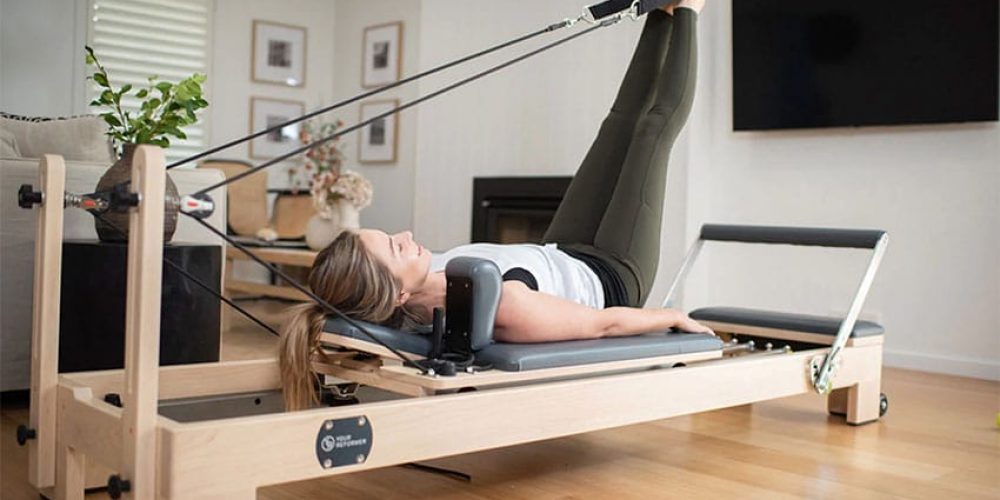

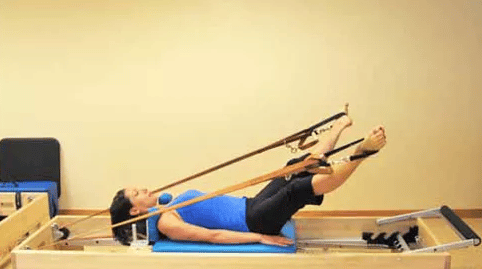
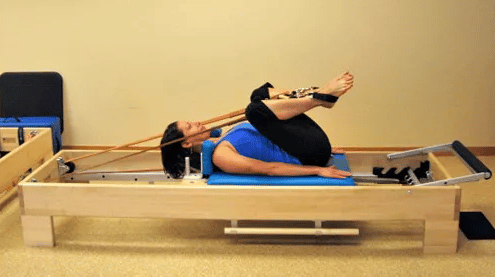
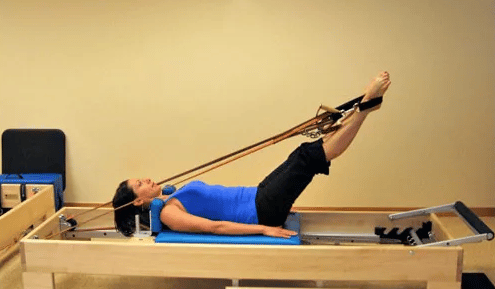
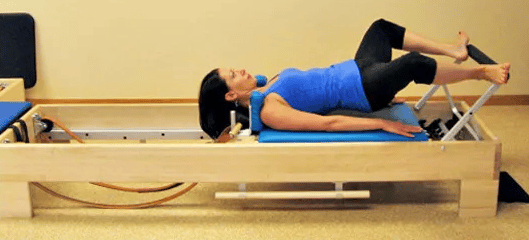
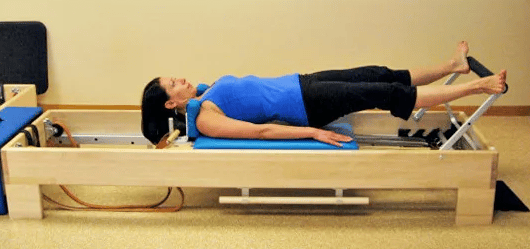







Comments 0